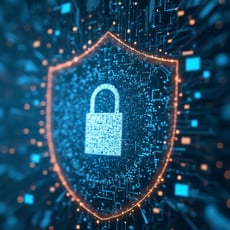Resources
Get insights, answers, and inspiration—all built to keep you ahead in tech.

05-05-2025

05-02-2025

04-28-2025

04-23-2025

04-18-2025